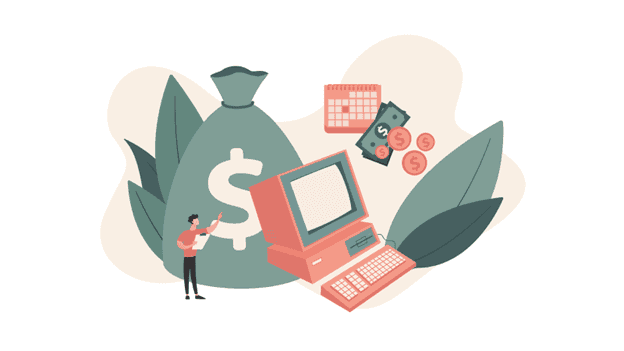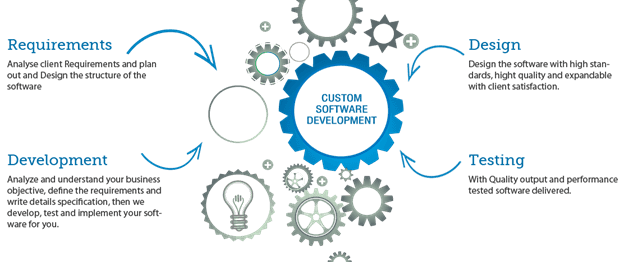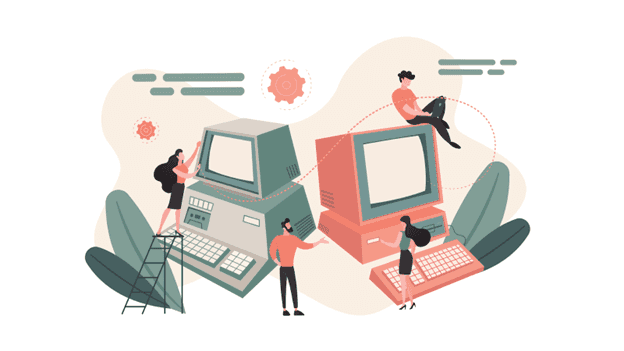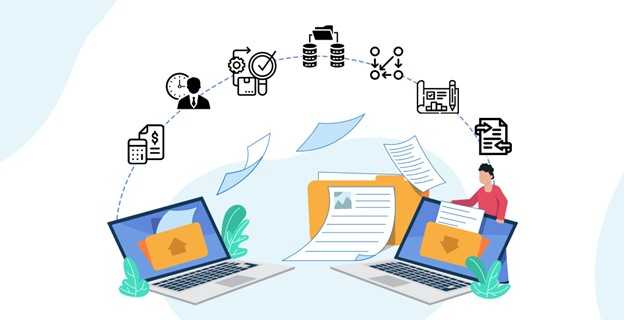Key signs that your custom software needs a redesign
Information technology does not stand still. New software solutions constantly appear and surpass legacy apps in terms of efficiency and performance. The push-button cell phone is now a rarity. Pagers, so popular in the 90s, have escaped “extinction” because American doctors still use them. Obsolescence concerns not only physical devices but also software. A program developed over 5-10 years ago can become an enemy for a business in an instant. Even though it has served perfectly all these years, now it is negatively affecting the workflow and sales. How do you know if your system is obsolete? When exactly should you update an app or redesign it from scratch?
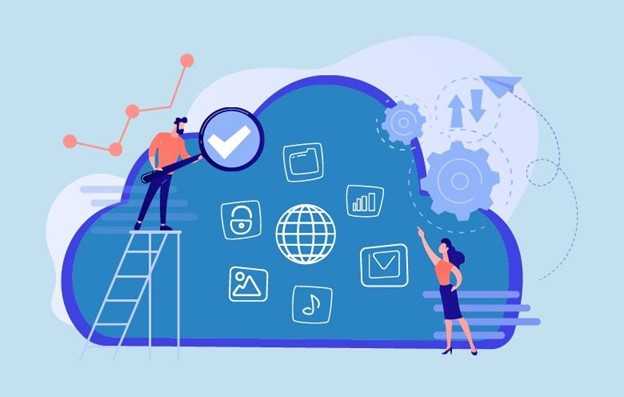
What is a legacy system?
An obsolete program is a software solution based on old technology. However, it still has business value.
A system may become obsolete because of its long lifespan. Usually, this happens in government organizations, banks, insurance companies, and so on. Their apps have served for decades, handling basic business operations and large volumes of data. So, it seems impossible to replace them. In its Manufacturer Product EOL/EOS 2018 Report, Flexera estimated that most products live for five years. Then they lose their relevance and usefulness. To enjoy market success, businesses should either upgrade such outdated programs or replace them with entirely new software.
The US Government Accountability Office analyzed federal systems and found that 65 of them needed upgrading. The rarest ones originated in the 1970s. The programming languages they were written in were outdated. No wonder they had support and security problems.
A program can lose relevance not only because of its age. A software solution is obsolete if it cannot be maintained. This happens because of a complex architecture or design, lack of integration with other programs, and inability to meet business objectives. Researchers found that companies have to spend over 60% of their time and budget on maintaining irrelevant systems instead of solving important strategic tasks.
Outdated software is a significant obstacle to digital transformation. Therefore, businesses should consider the benefits of custom software development or upgrading existing software.
Why update or redesign obsolete software?
Many business owners think that if a program performs well and copes with critical tasks as before, it is not worth upgrading. However, if they dig deeper, they’ll find plenty of reasons to redesign it.
Obsolete software costs a lot
The cost of using an outdated system can be enormous. For example, the federal government of the US was spending 80% of its entire IT budget to maintain such “veterans”. Irrelevant programs had performance and cybersecurity issues, so it was vitally important to upgrade such systems.
A good example is the 14-year-old Air Force “System 1” controlling the combat readiness of aircraft. Thanks to the software upgrade, the government is no longer spending $20 to $35 million a year on its maintenance. That expense has turned into an annual savings of $34 million.
Of course, maintenance costs are less for SMEs. However, they still need to spend a tight sum that could serve a more valuable purpose.
Such solutions are hard to maintain
Obsolete systems have a large codebase, an intricate structure, and complex functionality. In addition, such a “giant” has a huge accompanying documentation. One should carefully study it before carrying out any tasks. Otherwise, even a minor update can lead to system failure.
As time passes, it becomes more difficult and expensive to maintain such software and its infrastructure. First, it requires a certain hardware and tech environment. Second, you need “software minds” able to work with legacy programs. The number of such experts is decreasing every year. IT professionals strive to master state-of-the-art technologies to stay competitive in the market. Working with an obsolete app wouldn’t be enticing for most of them. Therefore, it becomes more and more difficult and costly to find and keep such specialists.
It’s hard to integrate old apps with other programs
Modern apps often use third-party APIs to access certain information or features. For example, location, user verification process, transactions, weather forecast, and so on. For many years, Uber has relied on Google maps to provide drivers with accurate navigation and visualize rides for customers. Why build your own map if you can borrow an existing reliable solution for a fee?
Nowadays, technologies have integration by default. This is not the case with legacy platforms. They either cannot connect to a third-party service or show poor performance.
It is hard to ensure confidentiality and security
Since the adoption of the EU’s GDPR and the Californian CCPA, outdated systems have become a challenge to compliance with these documents.
In addition, the participants of the HIMSS cybersecurity study found that about 70% of companies rely on legacy software. This means that over the years of use, a bunch of vulnerabilities could have developed in such systems. They don’t receive updates and don’t meet the latest security requirements. This reduces their resistance to cyberattacks and increases the risk of hacking and data theft.
Businesses are losing competitiveness
If a company invests in the support and maintenance of an old program, it risks missing out on new business opportunities. Competitors who keep up with the pace of digitalization can overtake it and gain a significant share of the market. Even a modern user-friendly website and a simple mobile app can win over a significant part of customers.
For example, business growth and competitiveness are important in finance. One can achieve them by increasing efficiency and reducing costs. Javelin Strategy & Research found that processing key operations in mobile banking is 42 times cheaper than employees’ work at the bank branch. Guess who wins here, a financial institution offering a mobile app or its counterpart using legacy technologies?
Time is essential in competitiveness. It’s of great importance if a company, such as Andersen, can respond to market challenges, adopt new technologies, and so on. Outdated systems paralyze operational flexibility and, therefore, inhibit business growth.
How do you know it’s time to upgrade a legacy system?
The decision to upgrade an outdated system is not spontaneous. Several factors, both explicit and barely perceptible, usually influence it:
- The technology on which a software solution is based is not supported anymore.
The first alarm bell is that the vendor no longer supports core system technologies. For example, if an Internet resource runs on outdated Flash, it should be replaced with HTML 5. In this case, a plan of transition to the new technology is simply a must.
- Old software does not scale.
If a business grows but cannot scale its system, it has to add storage, supplementary functions, and so on. As a result, it gets a “Frankenstein’s monster” that can break under an enormous load. It’s better to rebuild custom software to prevent this.
- There is new flexible competition in the market.
When a better player emerges in the market and customers turn to this company, there is a reason behind their choice. Why do they choose this enterprise? Does it have better marketing, a more user-friendly app, or better and more modern technology? If your business is suffering because of a competing product, take it as a sign to upgrade your software.
- Sales are stagnant or cut to a minimum.
Your business seems to be afloat. There are sales, but not as intense as they should be. This means it’s time for market research and user testing to see if your current product meets customer expectations. This will help you determine the changes necessary to regain market success.
- A generational change is coming.
This is a less obvious reason which may show that a system needs improvement. A company may face a situation when employees who have been using the system for 10-20 years are retiring. Gradually, tech-savvy young people reluctant to work with outdated programs are replacing old staff members. Large corporations expect a new workforce and plan to cooperate with the younger generation. This provokes a technological change within the company.
- The market dictates new rules.
Sometimes a competitor’s example can influence the decision to upgrade existing technology. A similar product redesign took place in major European airlines. Previously, these organizations sold all-inclusive tickets (meals, baggage, and seat number). After small airlines offered customers lower fares and allowed them to choose what to include in the ticket price, major airlines had to implement a similar solution. Based on that, they introduced important changes to custom software.
- There are not enough IT specialists willing to work with a system.
As we said above, the older the technology, the fewer specialists will work with it. Developers must constantly improve their qualifications and learn more actual programming languages, tools, and technologies. This ensures their competitiveness in the labor market and a decent salary. A specialist working with modern systems won’t be interested in going back to the old ones. Therefore, if your system is one of the “extinct” programs, it is time to upgrade it.
Upgrading an app vs. redesigning it from scratch
This is a standard question for IT organizations that modernize legacy corporate systems. The answer largely depends on the state of a program, an organization’s budget, and other factors. Is an upgraded system fully protected from cyber threats? Does upgrading a software solution cost more than redesigning it from scratch? Specialists must understand if current users will adapt to the new system and if it can attract new customers. They should estimate how much downtime it will cost the business to create a software product from scratch. Maybe, it’s better to develop a completely new custom software solution while the old version of the system is running.
For example, such a powerful giant as Apple has enormous resources. The company maintained the old version of Apple Maps while working on a new one from scratch. The project lasted for about four years and cost billions of dollars. Although expenses are less for SMEs, not everyone can support two versions of the same product at the same time.
In addition, developing new software from scratch can take a long time and put a business off the competition. This happened to Netscape, once an Internet Explorer’s rival. It rewrote the code from scratch. That decision was fatal for the corporation, and in 2007, it stopped developing and supporting its browser.
Therefore, a business should delegate the modernization of an outdated system to a custom software development company. An experienced IT service provider can also build new software from scratch. Experienced specialists will analyze the existing system, conduct research, and suggest improvements.
Conclusion
IDC found that more than half of enterprises will switch to digital technologies by 2023. To match the new digital economy, organizations should upgrade their key technologies and seek custom software development services in advance.
Modernization should not be a one-time procedure but a constant process. According to Mark Rogers, Non-Executive Director at Logicalis, change is standard. Therefore, companies should shape changes, not submit to them.
Table of Contents

